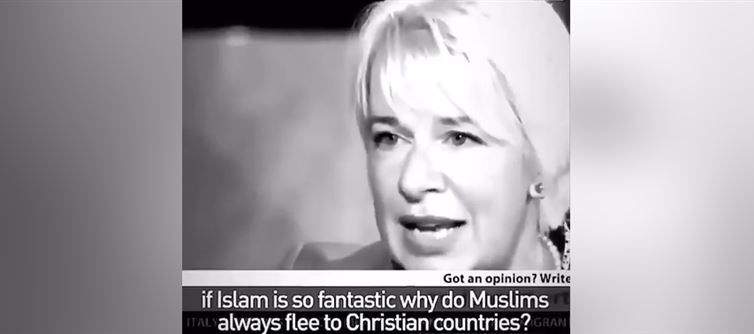
The video and the accompanying tweet spark a debate on the nature of migration, the perceived superiority of certain cultures or religions, and the policies of Muslim-majority countries regarding migration. It raises questions about why Muslims, despite the potential benefits of Islamic societies, choose Christian countries, which are often portrayed as more accommodating.
The discussion is framed within a broader context of global migration trends, where economic, political, and social factors play significant roles. The reference to the Pew Research Center's projections adds a layer of statistical credibility, although it also opens up the conversation to interpretations about the future demographic shifts and their implications.
This tweet and video clip tap into ongoing discussions about immigration, cultural integration, and religious identity. They challenge viewers to consider the motivations behind migration and the responsibilities of both sending and receiving countries. The narrative suggests a tension between the idealization of Islamic societies and the reality of migration patterns, prompting a reflection on what these patterns indicate about the lived experiences within different cultural and religious frameworks.




 click and follow Indiaherald WhatsApp channel
click and follow Indiaherald WhatsApp channel